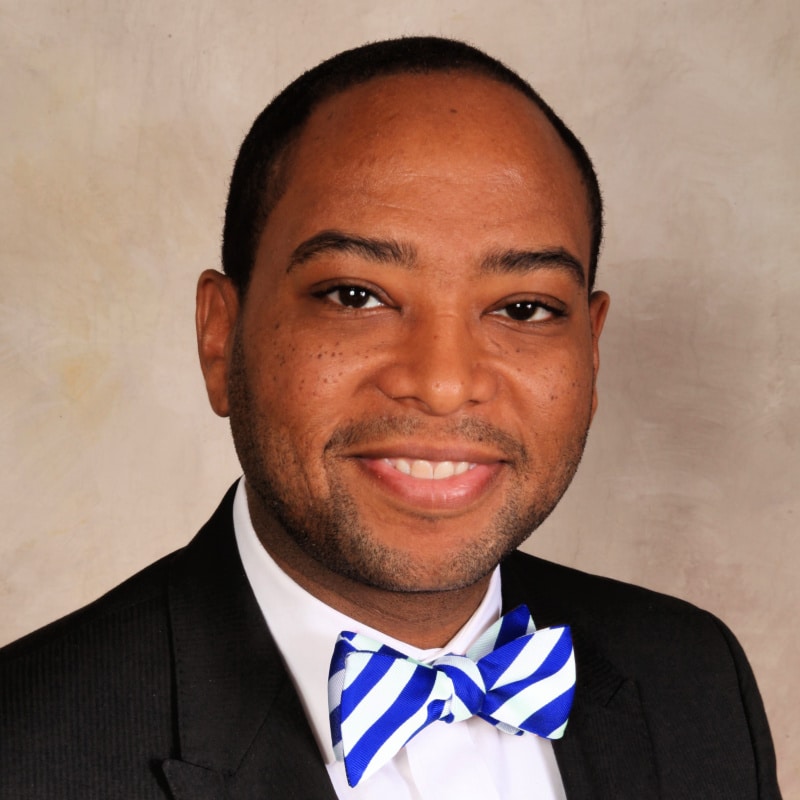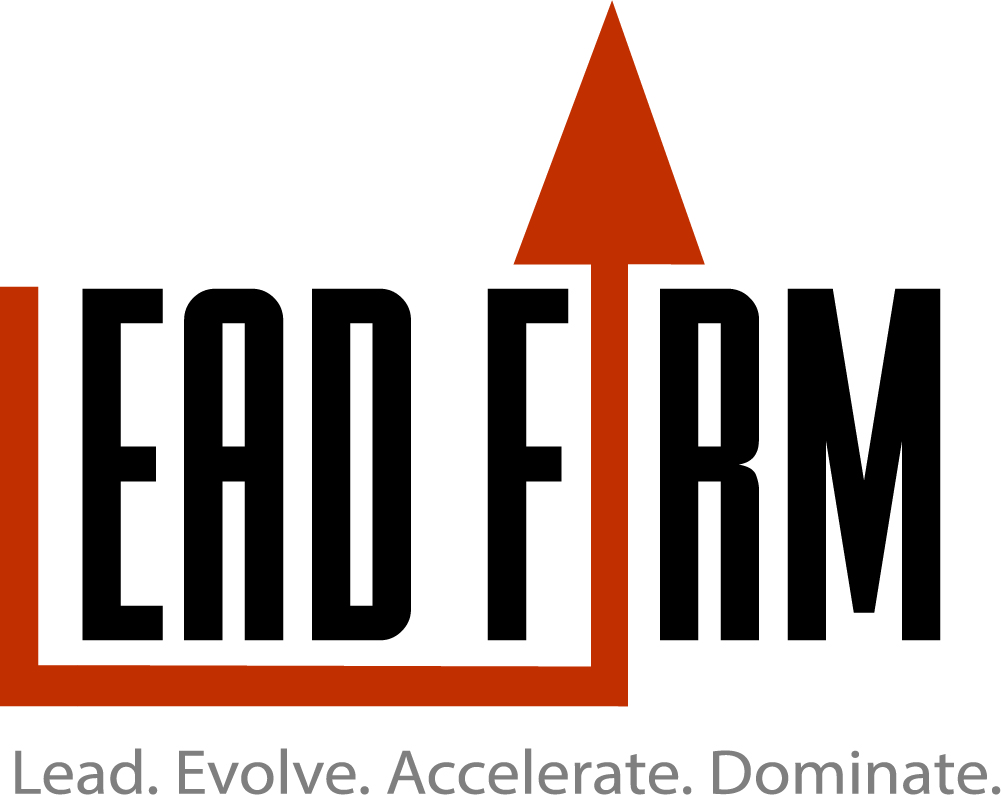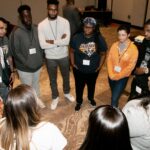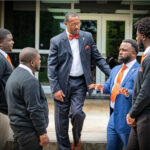
Tierney Bates is the Assistant Vice Chancellor for Special Projects and Interim Executive Director of The Wendy P. and Dean E. Painter Career Center, The University of North Carolina at Chapel Hill.
When it comes to hiring practices, how often have you heard these famous words: “You were a great candidate, but it came down to fit? Most people ask themselves, What does that mean?
Applicants are lucky if an organization provides feedback or a true example of determination of fit. Over the next few paragraphs, I want to explain how in higher education and corporate culture, we need to dismantle the concept of fit. Fit especially impacts Black people and those from marginalized communities. With organizations examining options to increase or improve their diversity, dismantling fit is an area they may want to review first.
Within the last six months we have seen the awakening of America in two pandemics, one health related (COVID) and the other race related (Black Lives Matter). Only one of those two will have a cure soon. With race and for the sake of this article, I want to address Black people and the inequities fit puts upon this group and the impact it has on keeping Blacks from showing and bringing their excellence, creativity, experience, and authenticity to many workspaces.
Define Fit
Fit is either an adjective or a verb, describing a candidate or defining the potential actions of the candidate. For more than 20 years, researchers have attempted to influence how organizations use “fit” in their hiring practices (Bowen, Ledford, & Nathan, 1991). Despite the research this concept and how it is used in higher education and corporate culture is based upon Eurocentric ideation. It was never developed with Black people in mind, just like higher education in America which was designed for dominant identities, relationships, and elitism.
Crain and Shephard (2019), describe fit by some employers as an ambiguous criterion used to justify social barriers in the hiring practice. For many Black people social barriers have been in place for 401 years. Over the last two months we have seen our world become impregnated with social and racial transformational ideations. While many corporate organizations or educational institutions will employ performative acts to hire Black people, where most organizations will fail is in an internal review of culture and policies that impact their hiring. The biggest mistake is lumping everything together when it comes to the concept of fitness and actions around diversity.
I would argue the data will show the needle has not moved at most Predominantly White Institutions (PWI) or corporate organizations. Why? PWIs and corporations have not intentionally designed what they desire with cultural variations and accountability measures. They put out statements, form committees, and hire staff but while most organizations may look diverse in appearance, they are intrinsically homogenous. Organizations will hire the same profile of people, even when that person is Black, based on one’s pedigree, background, or the old saying, “it’s who you know”. It will take bold leadership to say, “I need to promote within and recruit more Black people, build pipelines, and right wrongs by putting money, time, talent, and resources where they need to go.”
Do not just hire another Chief Diversity Officer or create a diversity/inclusion role within your unit or hire more Black people (well do that too) but give them the ability to be executive thought leaders. If you want to move the needle, move by creating a new culture, a brave space, an inclusive space where fit is not the norm.
Examples of Fit
When looking at higher education we have seen the realm of search committees, firms, and all-day campus interviews, yet even in those structures most Black and marginalized people come in at a disadvantage.
Exhibit A, can we talk about the Crown Act (a California law which prohibits discrimination based on hair style and hair texture)? Why has it not been passed in all 50 States? Why do we not see more companies helping to push this legislation or enact it within? The lack of empathy, knowledge, and support of Black people, especially Black women, when it comes to their hair, has been a pure fact and an oblivious barrier to employment. I have seen countless Black people have to change their looks to be acceptable and palatable to White people during the interview process.
If I showed up with my Frederic Douglass afro or my natural hair, as my Black queens say, there would be a look on many faces and in some categories, I’d be ruled out. Behind that, I would bet that the search committee or hiring manager is not diverse, inclusive, or woke to embrace the natural culture and or Black mind and body particularly in the faculty ranks or C-suite.
Faculty are the gate keepers to helping us increase a welcoming community and more Black scholars, yet, Black faculty pay an extra tax because their students, whether White or Black, come to them for everything. When you look at their service around tenure time it is usually more exhaustive then they report but they get dinged in what I would call the best area, because they move your needle as an institution around retention and recruitment.
Go talk to any Black faculty member and you will hear a story around race. Do the same with the top Black senior leaders in your company. Major company hiring managers are no different, in that they, even with good intentions, perpetuate homogenous and Whiteness practices. According to Acker (2006), inequity regimes are invisible systems and structures compromising practice, beliefs, and values that reward ways of being that exist. For some, a wider set of practices is where the ideal worker is steeped in Whiteness, ability, maleness, straightness, middle-age, and other dynamics.
If we look at recruiters, human resource managers, and hiring practices, in short, we want you—but not all of you—and just be productive. The talk among Black people is often had when it comes to the interview process of how we must speak (articulate—notice how we are described with that word, I never heard a White guy described that way), dress, and perform, because of how we are viewed and the years of oppression to be just accepted. Most Black people still are at a disadvantage in being able to assimilate to a work culture that is not inclusive nor embraces difference even when the organization has a great diversity statement.
Black people must negotiate or adapt their salient identities to fit into White hetero–normative culture. In laymen’s terms, we hide our identities and conform to the organization, in which in my eyes becomes a cry for workmen’s compensation. I have heard from countless past and current employees that they did not get the job based on “fit’ or they left the job because “fit’ was so deeply rooted in whiteness that they could not see themselves there or be authentic.
Culture and Fit
Organizations must understand that they have conditions, culture, practices, and environments rooted in White supremacy and lack the leadership to dismantle the climate and the inequity regime.
Exhibit B: In the Black community collectivism is embraced. It is how you grow up, how you look out for each other, and how we have survived. In the workspace we want that collectivism but often avoid it due to microaggressions, lack of understanding, or our ingenuity is not embraced, and better yet, we assimilate. In White culture and many organizations, individualism is supported and praised, we see that during this pandemic (please put on the mask), and we see it in the workspace as folks became competitive even in a team environment. This dissonance is why organizations need change in dismantling fit. Organizations can start changing this by developing an equity–inspired design (design think) to address barriers and inequities along with an inclusive workplace model.
I know critics will say, well, we look at a candidate’s qualifications, experience, and education. To the critics I will say fit has been steeped in whiteness and speaks to someone’s personality type and qualifications but does not consider cultural or racial identity. I ask a question—would you as a White person change your identity with me as a Black man with my education for a job interview?
Exhibit C, if you had to give some serious thought to the answer to my question, or hesitated, then you know there is a problem. Even with education and experience, Black people are still overlooked for job roles. For Black people in job searches, race and racial politics are always a consideration that weighs on their minds. Most Whites are conditioned to their perceptions and feelings being normalized (Amy Cooper calling the police), and do not have to worry or have thoughts of the lack of interaction with Black people.
Dismantling Solutions
In reality, what an organization needs is an entirely new contrast or dimension to think about in hiring that brings forth innovation and creativity. The unique skills and talents of Black people impact the bottom line for companies and the educational environment for colleges. If hiring managers and organizations want to truly embrace Black people and marginalized communities of talent, hiring has to be designed intentionally. They must appreciate Black identities, mind/body, and lived experiences. They can start by dismantling fit and take folks from invisible to visible, here are a few suggestions.
- Ask: How do we as an organization define diversity?
- Ask: How do we as an organization define inclusion?
- Ask: How do we as an organization define equity?
- All three DEI (diversity, equity, inclusion) words must be defined and designed with language, measurements, and accountability. None of this will happen just because you hire more Black People.
- Use equity-inspired Design Think.
- Look at terms or code words rooted in whiteness like, professionalism, communication skills, or fit.
- Take time to understand words, meanings, and culture from your Black, Indigenous, and People of Color in your organization.
- Look beyond diversity and focus more on inclusion and diverse thinking.
References
Acker, J. (2006). Inequality Regimes. Gender & Society, 20(4), 441-464. doi:10.1177/0891243206289499
Bowen, D. E., Ledford Jr, G. E., & Nathan, B. R. (1991). Hiring for the organization, not the job. Academy of Management Perspectives, 5(4), 35-51.
Reece, B. J. (2019). Debunking the myth of job fit in student affairs. Sterling, VA: Stylus.
Author

Dr. Tierney J. Bates
Dr. Bates is from Cleveland, Ohio and received his Bachelor of Arts in Mass Media Communications with a minor in African American History from the University of Akron, his Master of Arts in Higher -Education Administration from the University of Akron, and his MBA from Bryan College, and a Doctorate degree from Spalding University. Dr. Bates is a member of Phi Beta Sigma Fraternity, Inc., The National Association of Student Personnel Administrators (NASPA), the American College Personnel Association (ACPA), the National Black MBA Association (NMMBAA), Southern Association of College Student Affairs (SACSA), 100 Black Men of Triangle East and a Prince Hall Mason!






No comment yet, add your voice below!